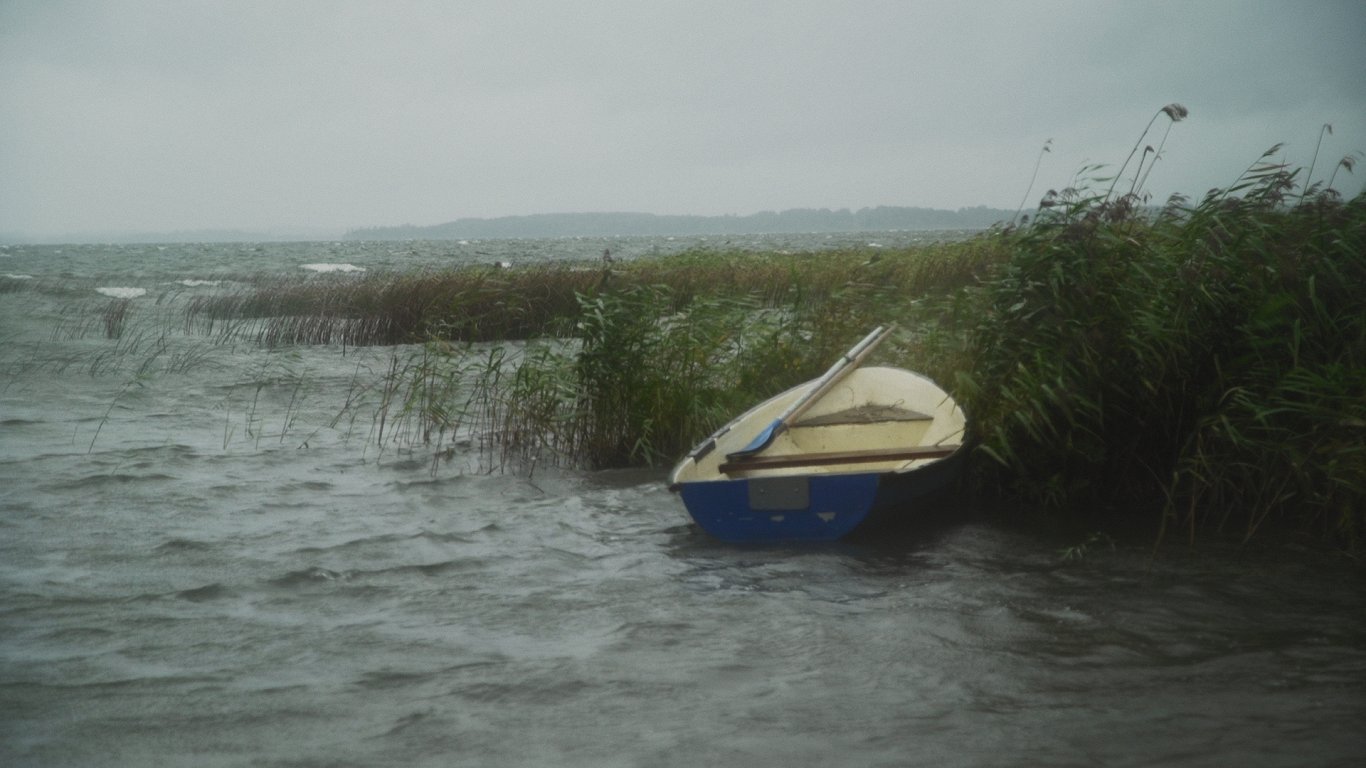According to the State Fire and Rescue Service (VUGD), the true number of people drowned is probably even higher, because in cases where the victim has already been brought ashore, the rescuers do not come to the scene. Consequently, such cases do not appear in the data. Nor are there any data on cases where the drowning persons have been rescued by eyewitnesses.
Last year the VUGD recorded 96 deaths by drowning, while 2018's figure was even higher at 118.
Experts estimate that the number of tragic cases will not decrease if prevention and public education measures are not carried out in the country.
Drowning doesn't happen as movies show it, say medics. A person drowns in silence.
Most drowning cases involve reckless behavior around water. The Latvian Association of Physicians has also compiled the profile of a person prone to drowning - a 20-35-year-old, overheated, under the influence of alcohol, thinking they are immortal.
Unfortunately, children drown frequently.
“If a parent comes to water with a child, all attention must be paid to the child, not for a moment should the child be left unattended," said Aiva Mikelsone, swimming coach of the Valmiera Children's Sports School.
She also stressed the need for learning to swim. Although the law makes it mandatory for students in class 2 to learn how to swim, not all municipalities provide such an opportunity.
Currently, only 30% of Latvian children learn to swim.
The association "Peldēt droši" (Swim Safe) pointed out insufficient prevention measures. As long as there are no responsible bodies developing specific guidelines, strategies and water safety programs in the country, the number of tragic cases will not decrease.
The Society explains that water competence is composed of 15 basic elements: swimming, diving, awareness of safe locations, risk assessment and others. Children acquire these skills in camps organised by the association.
The VUGD has been running a video campaign recently to urge the public to exercise more care when on, in or near water. It comes complete with English-language subtitles.




























